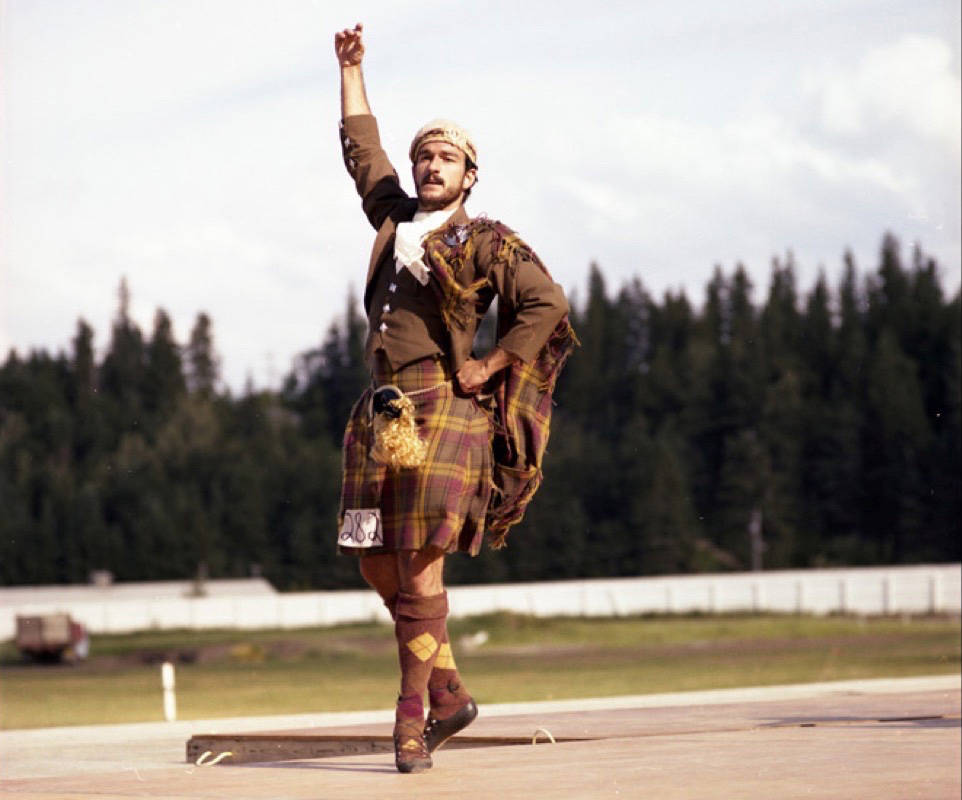By Michael Dawe
Red Deer Express
On Saturday, June 17th, at Westerner Park, the 70th annual Red Deer Highland Games will be staged. It is one of the oldest, continuous events in the City. It is also a reflection of the very deep Scottish roots in the community.
There have been Scots in the area for well over 200 years.
Some of the very first explorers and fur traders were Scots with names like MacKenzie, MacDonald, McTavish and McGillivray.
These hardy frontiersmen even provided the name for the region. They found that the elk of the Central Alberta parklands looked a lot like the red deer of Scotland. Hence, they dubbed the district ‘red deer country’ while the First Nations had used the names of Waskasoo and Ponoka.
Scots played a key role in the first settlement of Red Deer.
Addison McPherson was probably the first person to build a residence (shack) at the Red Deer River Crossing. Robert McClellan built a stopping house at the Crossing which was later converted into Fort Normandeau during the Riel Rebellion of 1885.
Sage Bannerman ran the ferry across the river, which he curiously named the Irish Washerwoman.
In 1882, Roderick, David and Benjamin McKenzie, with their families, came out from the Red River colony in Manitoba and established farms on the east side of current city of Red Deer.
These hardworking, capable and creative settlers brought in the district’s first threshing machine and sawmill outfit. In 1883, they hosted the first formal church service in Central Alberta with Rev. A.B. Baird, a Presbyterian missionary, officiating.
In 1894, they built the first traffic bridge across the Red Deer River.
Although they did not have any formal training, they built quite a serviceable bridge. Five years later, the government engineers built a replacement bridge. It washed out a few months later with the spring flood.
Meanwhile, the Calgary-Edmonton Railway was constructed through the district in 1890-1891.
The head of the company was Sir James Ross. Consequently, Red Deer’s main street was named after him. Two other key officials were Sir William MacKenzie and Sir Donald Mann. What are now 49 (MacKenzie) Avenue and 49 (Mann) St. were named after these two men. Other original street names in the townsite included Morrison, Alexander, Stewart, McLeod and Douglas.
After the townsite was created, the Scots literally helped to build the community.
Shortly after the turn of the last century, the Great West Lumber Company was established and operated a large sawmill where Bower Ponds are located today.
The managers of this large operation were members of the McKenzie/Fallow family. At one point, the Great West Lumber Company was producing millions of metres of lumber and employed more than 200 men.
One of the McKenzies, Allan, went into partnership with Hugh Baird in a contracting business. The firm of Baird and McKenzie constructed a large number of residences and commercial buildings in Red Deer and surrounding communities.
In 1913, the Scots of Red Deer got together and organized the St. Andrew’s Society.
This group held highly successful St. Andrew’s Day and Burns Night celebrations in the community for a great many years.
In the 1920s, large numbers of settlers were brought to Central Alberta from the Hebrides, by Rev. Andrew MacDonell and the Scottish Immigrant Aid Society.
Most of these settlers only spoke Gaelic, not English.
However, there were sufficient numbers of Gaelic speakers in Red Deer to greet the newcomers in their own language and to provide translation services for them.
After the Second World War, a decision was made to organize annual Highland Games in Red Deer. It is this event, with its Highland dancing, piping and drumming, tug-of-war, caber toss and many other competitions and attractions, which has continued to this day.



